Photographer Profile - Kristofer Dan-Bergman: "My projects are about time and space"
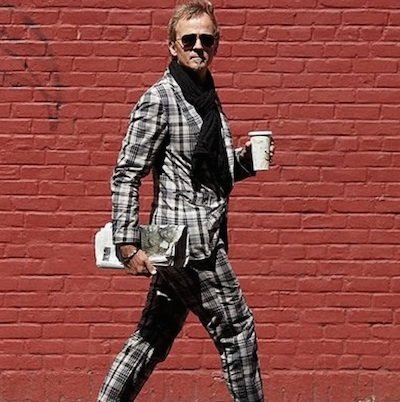
|
|
|
“My projects are about time and space,” he says.
One, in fact, is titled “S_PACE.” For eight years, Dan-Bergman has been inviting friends to his Manhattan studio for a yearly get-together, during which they also become his models. For the “S_PACE” series, Dan-Bergman constructed a closet-sized wooden enclosure and photographed his friends posing in it one at a time. He later paired images together to create composites in which his subjects appear near each other but separated by a wall.
That project was followed by a series Dan-Bergman calls “allONE” (pronounced “Alone”), which he also shot at his annual party. For this one, he constructed sets based on a theme. His guests, advised earlier about how to dress and style themselves, performed for his camera individually. As in “S_PACE,” Dan-Bergman later matched images to create intriguing narratives.
“The idea came from street photography I had been doing,” he says. “I would find a restaurant where you could see people inside eating and enjoying themselves, and outside near the window would be a homeless person — that kind of scene. All these people were living in the same space, but they were also in totally different worlds. I just took what I’d seen on the street and transformed it in my studio. These projects dealt with how we perceive our world. Do we exist as we think we are? Is my world the same as your world? Are we connected?”
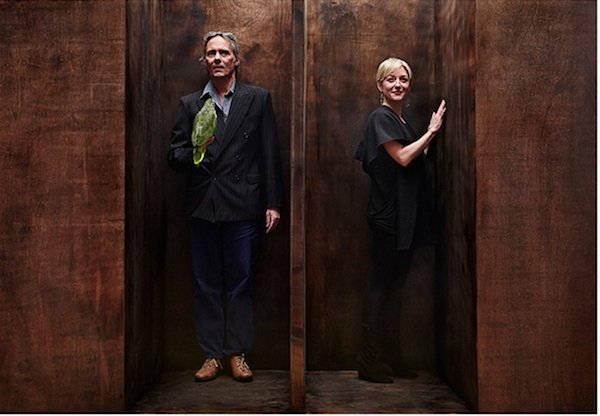
Another series, called “Away,” might be asking that question as well. It features portraits in which Dan-Bergman’s subjects are turned away from the camera and the viewer, creating a sense of separation that is emotional rather than physical.
His most recent project is less conceptual. In February of 2015, Dan-Bergman traveled to East Africa to work with an NGO called Spark, which develops confidence and entrepreneurship skills among people who have been dispirited by violence. “They suffer from what is called ‘post-conflict post-genocide syndrome,’” says Dan-Bergman, who spent a month shooting portraits in 15 villages in Rwanda, Uganda and Burundi. The images capture the inherent strength of his subjects.
While the portraits differ from his other personal work, there is an underlying commonality. Like his “S_PACE” and “allONE” series, the portraits invite us to consider and connect with people who share our planet.
Traveling Light
“I had to plan carefully, because I was going to carry all my gear myself,” Dan-Bergman says, describing the trip to Africa. “I had two cameras, a Canon 5D Mark III and Mark II, and two Lumedyne lights. I also did interviews with everyone I photographed, so I had a boom mic and an audio recorder. It was up in the morning every day at 5:00, then driving for three hours up into the hills to the villages, then shooting and coming home again in the evening and spending several hours of uploading.”
The hardest part of the work was staying focused on his primary goals, he says. “When you go to a place like that, you find that everything is interesting to shoot. So you really have to have decide from the beginning what it is you want to do.”
Dan-Bergman’s primary goal was to create strong portraits that, as he puts it, “are fine-art and documentary at the same time.” The images, which earned him a spot in the American Photography 32 annual, are indeed painterly; Dan-Berman’s lighting heightens reality to an almost theatrical level, as if he and his subjects together are part of a larger performance. The same could be said for his “S_PACE” and “allONE” series.
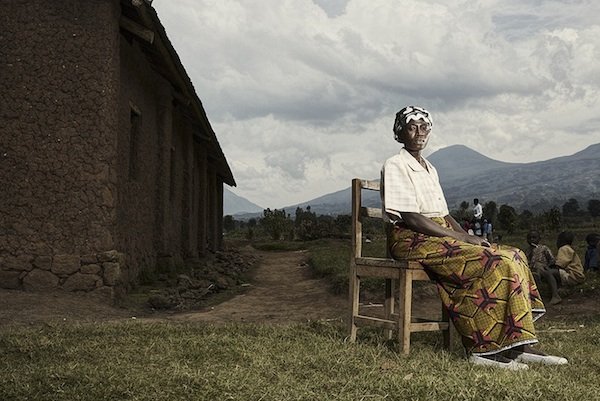
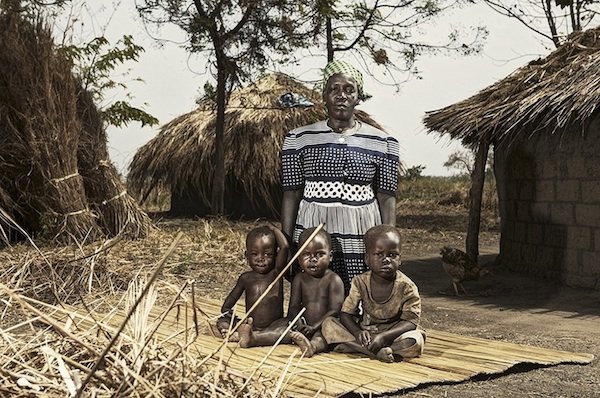
Dan-Bergman actually grew up around stages — his father owned the
Lilla Teatern, or Little Theater, in Stockholm, Sweden, and his mother was an actress. As a child he had a role in a movie made for Swedish television. “I drowned at the end,” he says.
At age 11 he took part in a program with CISV International (Children’s International Summer Village), an organization that brings youth from different countries together. “I ended up on Vancouver Island,” he says. “I continued working with the organization in different capacities until I was 20. And I’ve sort of been involved with NGOs and aid groups ever since.”
Dan-Bergman returned to Vancouver as a high school exchange student, then went on to study finance, eventually receiving an MBA at the University of Michigan. Afterward he moved to New York and began a career in banking.
Seeing the Unnoticed
“I was so bored,” he says. Dan-Bergman had been an avid amateur photographer since his father gave him a camera at age 16, so he decided to take a darkroom course on Sundays at the International Center of Photography. “When I developed my first picture, I knew I wanted to be a photographer,” he says.
He began his professional career working as a freelancer for Scandinavian and European newspapers. “The press is pretty fun because new things are happening all the time and you have to be fast,” he said in an interview. “You meet a lot of interesting people; I’ve gotten the opportunity to photograph Bill Clinton in the Oval Office, Hillary in her residence at the White House, Muhammad Ali and Lauren Bacall, as well as photographers such as Gordon Parks and Peter Beard.”
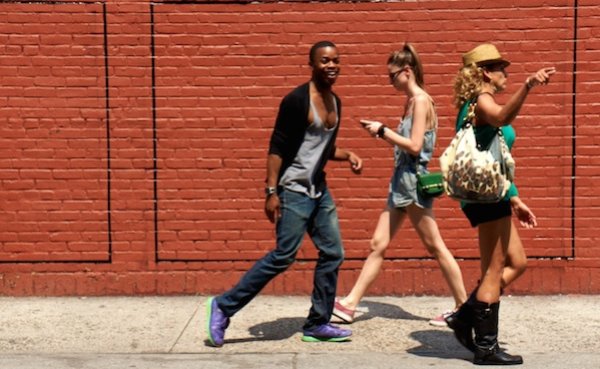
The thing about freelancing, he says, is that you end up with time on your hands when you’re between jobs. “I needed to stay busy, so I started photographing a collection of stones I had. I showed the pictures to an artist friend of mine, who loved them. He said I should have an exhibition, so I did, and that opened up the world of fine-art photography to me.”
Dan-Bergman works his personal projects around commercial jobs for clients including Tag Heuer and AT&T. And his ideas just keep coming: Several years ago he started a blog called The Red Wall, featuring images of people walking by a wall near his home. “I was very interested in how we pass each other without noticing each other,” he says.
And in the planning stage is yet another project, based on a book of short stories Dan-Bergman’s great uncle wrote in the early years of the 20th century. “He lived in New York for a while, and he wrote stories about the everyday life he observed, so I’m going to recreate those stories in the exact locations he was writing about,” he says. “It should be interesting."


